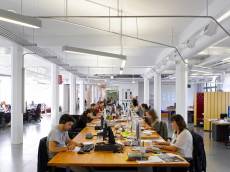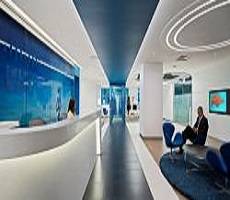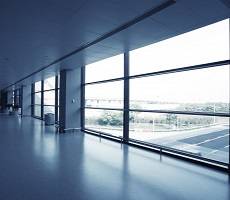May 17, 2013
Survey into UK culture of overwork highlights need for better worklife balance
A new study is published today which reveals how the UK’s long hour-culture is damaging family life, causing high stress levels, cutting time spent with loved ones and creating an inability to switch off from work. A survey of more than 1,000 working parents throughout the UK, commissioned by health cash plan provider Medicash, found that 83 per cent of working parents feel guilty about the amount of time they spend working, with 50 per cent saying it has a negative impact on relationships with their children, and almost half (45.9%), saying it caused problems in their relationship with their partner and caused them to neglect friends (25%).























May 17, 2013
CBRE WorkShop concept is interesting, but is it workable?
by Simon Heath • Comment, Property, Technology, Workplace, Workplace design
I’d like to deal in this article with the arrival yesterday of the long-awaited white paper from CBRE’s thought leadership exercise, The CBRE Workshop. However, I should declare an interest for the sake of transparency. Until June 2012 I was employed by CBRE and reported directly to a couple of the people who are heavily involved in The Workshop idea. I would reassure readers that I am not a disgruntled former employee. I have a huge amount of respect and warm regard towards my erstwhile colleagues and nobody will be happier than me to see them do well.
(more…)